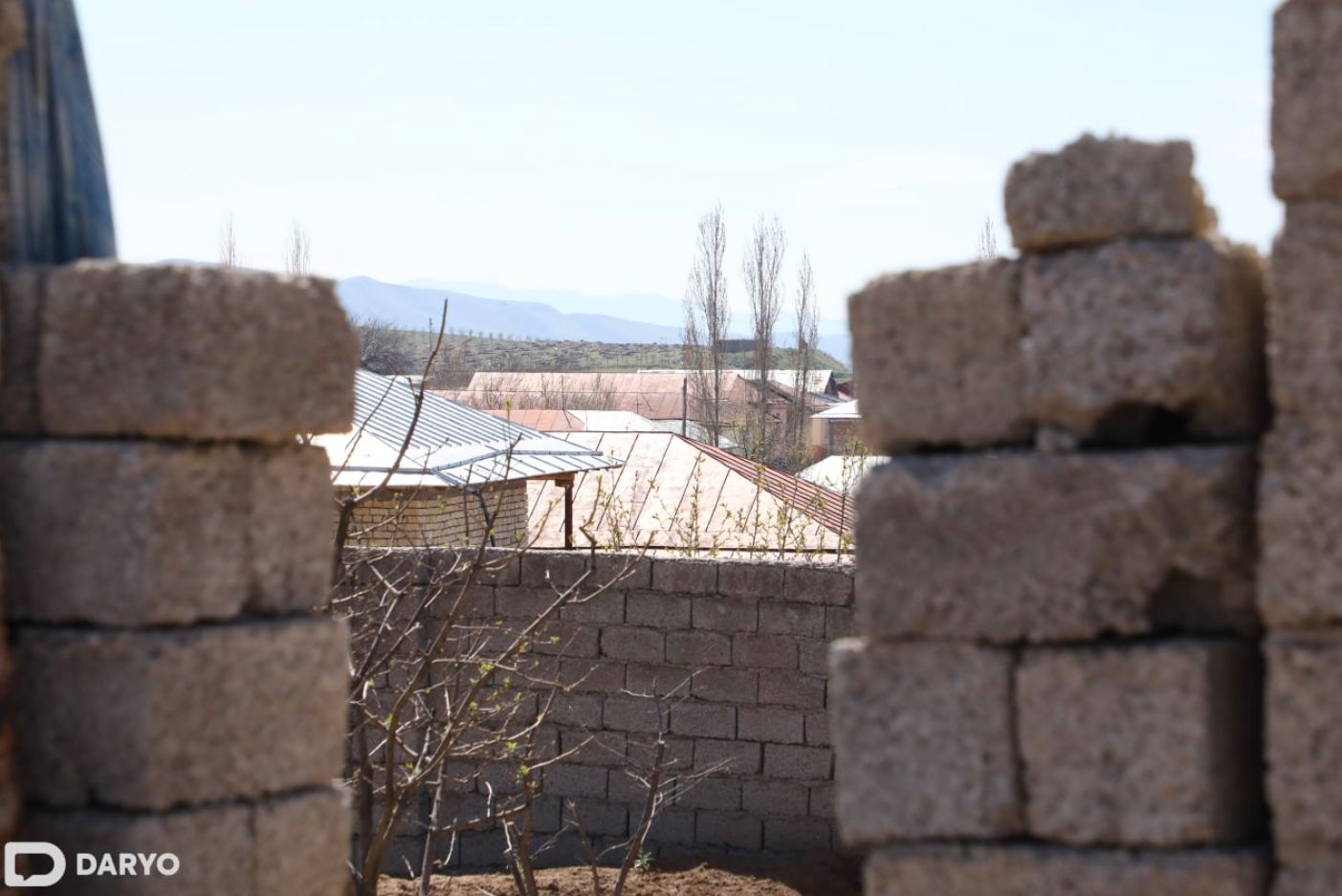Uzbekistan saw a reduction in its poverty rate by the end of 2024, with the figure decreasing from 11% to 8.9%, according to the Ministry of Employment and Poverty Reduction. This improvement marked a reduction of 3.3mn people, or 719,000 individuals compared to the previous year, based on research conducted in collaboration with the World Bank.

The highest reductions in poverty were recorded in several regions across the country:
- Bukhara: From 11.8% to 8.7%
- Samarkand: From 10.5% to 7.5%
- Namangan: From 10.4% to 7.6%
- Republic of Karakalpakstan: From 13.6% to 10.8%
Key measures contributing to this reduction include efforts to increase employment opportunities, attract entrepreneurship, and improve the efficiency of land use in agriculture and homesteading. As a result, the real income of the population has risen by 10.7%, reaching an average of UZS 2.1mn ($163) per capita per month, up from UZS 1.7mn ($132) at the beginning of the year.
Income sources for the population in 2024 include:
- Salaries: 42.6% (up from 41.9% in 2023)
- Income from entrepreneurship: 22.9% (up from 21.4%)
- Pensions, social assistance, and subsidies: 18.2% (down from 18.9%)
- Income from agriculture and homesteading: 10.7% (up from 9.8%)
- Remittances from abroad: 2.0% (down from 3.1%)
- Other income: 3.6% (down from 4.9%)

Wages saw an increase of 12.9% compared to 2023, further contributing to the reduction in poverty.
At the end of 2023, the poverty rate had fallen to 11%, down from 14% in 2022. During the ninth annual meeting of the Board of Governors of the Asian Infrastructure Investment Bank in September 2024, President Shavkat Mirziyoyev highlighted that over the past four years, Uzbekistan had managed to reduce its poverty rate from 23% to 11%. The goal for 2024 was to decrease it to 9%, with the broader aim of halving the poverty rate by 2030.
In a video conference meeting held in September 2024, President Mirziyoyev announced the launch of the "From Poverty to Prosperity" program, which aims to lift 500,000 people out of poverty in 2024 and another 1mn in 2025. A presidential decree adopted on September 24 outlines measures to reduce poverty and improve the population's well-being, including a nationwide movement to address poverty.
Additionally, significant funds will be allocated to enhance neighborhood infrastructure, with $1.6bn set aside for the development of makhallas (neighborhoods) in 2025. The funds will focus on providing essential infrastructure, including water pumps, solar panels, and electricity, for the 300 most difficult makhallas, as well as solving road, internet, and other issues for the 500 most challenging areas.
Follow Daryo's official Instagram and Twitter pages to keep current on world news.
Comments (0)